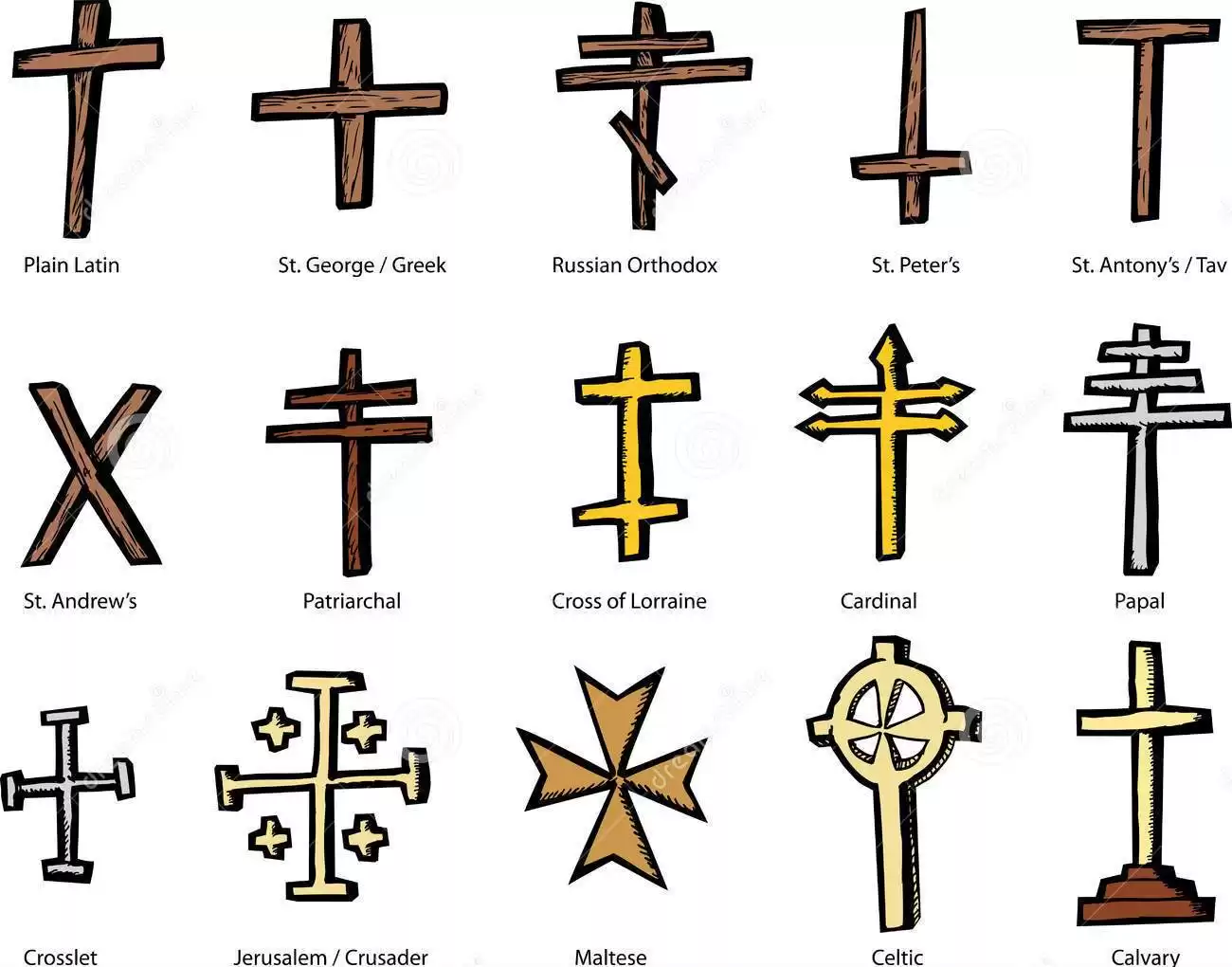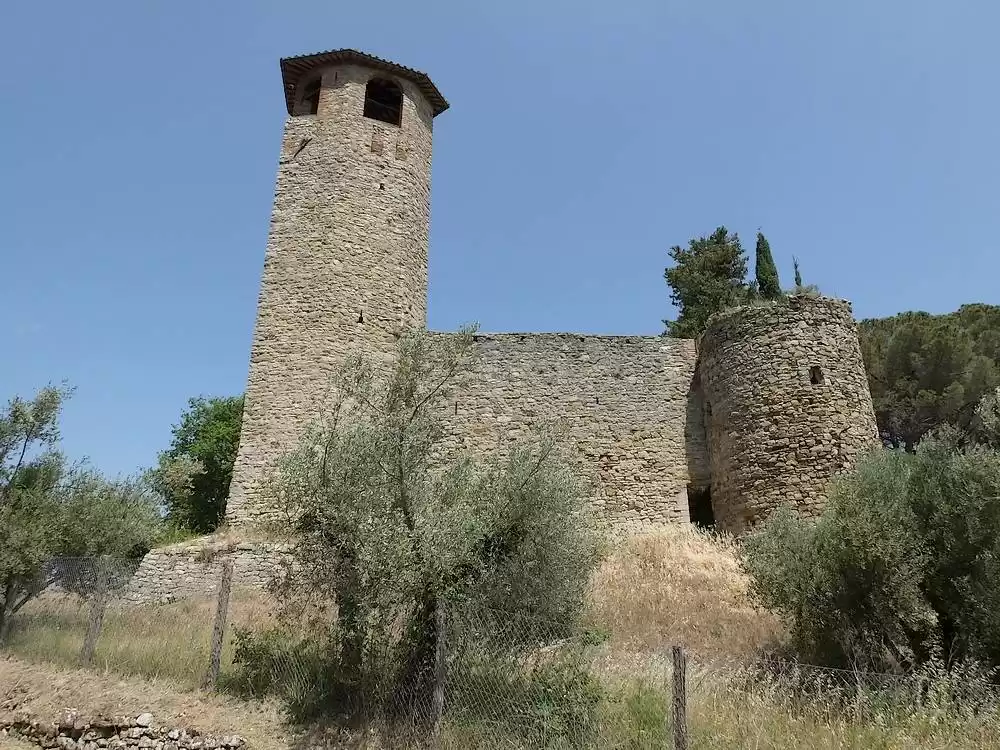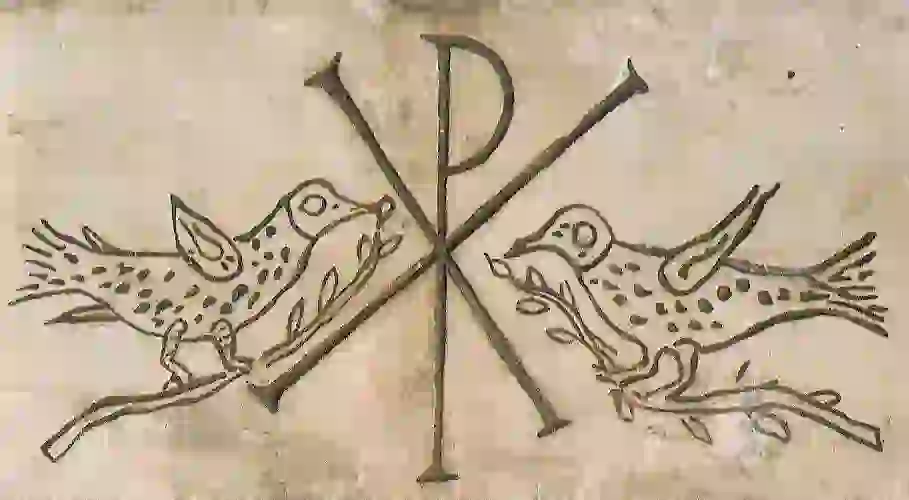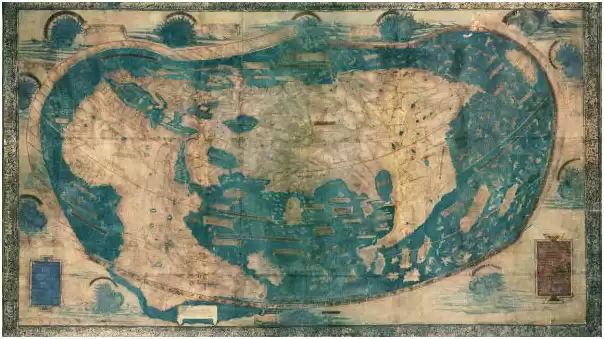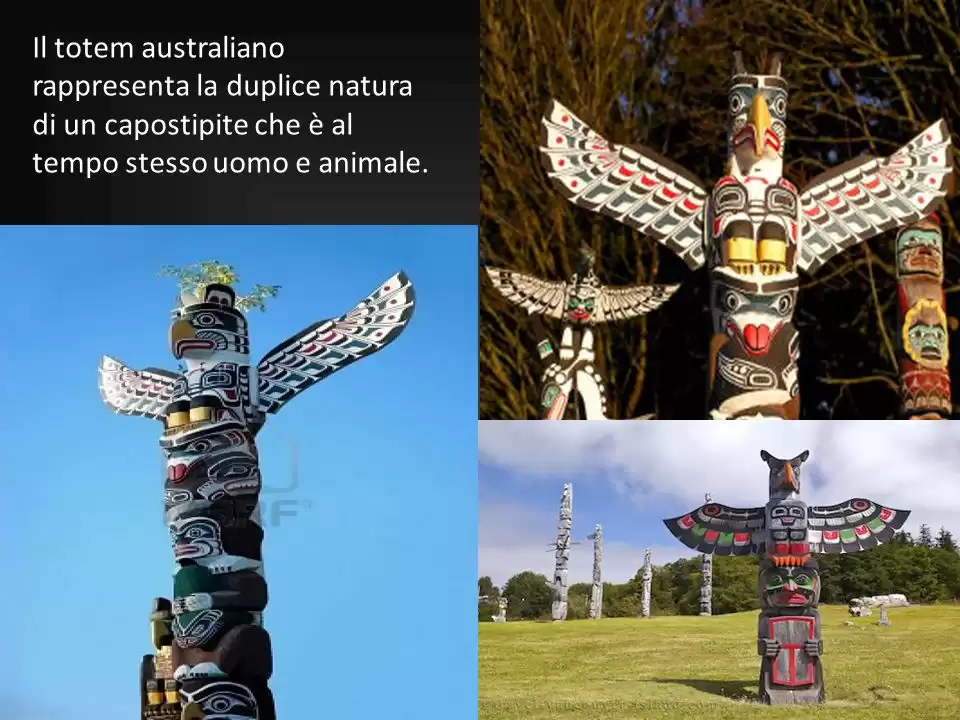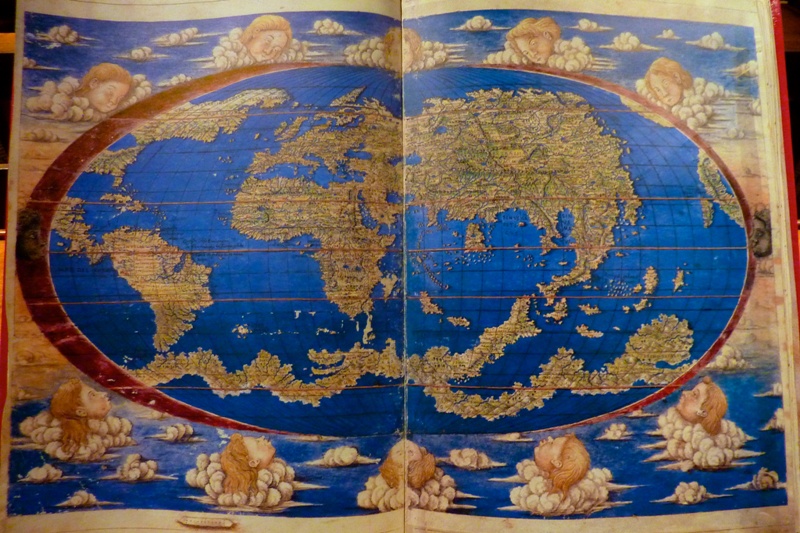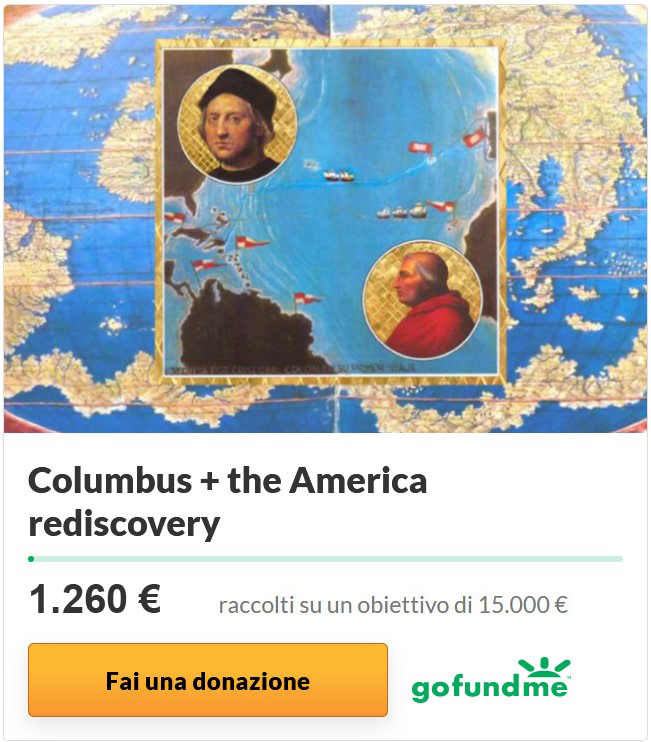
The discovery of the North and South American continents by Europeans occurred no more than 600 years ago but the record of just exactly what happened, and who did what is deeply shrouded in faded national and international propaganda.
A couple of Italians seem to have helped in creating the maze.
The continents are named after the Italian explorer Amerigo Vespucci who supposedly made numerous trips to the Americas from 1497 to 1504. The story is that Vespucci explored from North American south to the Falkland Islands and helped European map-makers define the newly discovered continents. Apparently the map makers were not aware of the exploits of Columbus and named the new land the Americas, after Vespucci.
School books say Christopher Columbus discovered America in 1492, five years before Vespucci. But this may not be true, according Ruggero Marino, Italian historian.
Marino says the late Alessandro Bausani, professor of Islamic studies at University of Venice, discovered evidence in an early 16th Century Ottoman map that Columbus went to America on a secret mission for the Pope in 1485.
He claims the Columbus story as told in contemporary textbooks is filled with misinformation generated by King Ferdinand and Queen Isabella of Spain.
The map, a somewhat controversial document known as Piri Reis after an admiral of the Ottoman fleet who supposedly drew it in 1513, is allegedly based on an original chart used by Columbus. It contains an annotation that states: "these shores were discovered in the year 890 of the Arab era by an infidel from Genoa named Columbus." In the Arab calendar, the year 890 is 1485.
While the authenticity of the Piri Reis map remains in question, Marino says a Latin inscription in St. Peter's Basilica on the tomb of the pope who reportedly financed the Columbus trip, Innocent VIII, gives supporting evidence. It says that during the pope's pontificate "the glory of the discovery of the New World" occurred. Innocent died July 25, 1492, before the official story says Columbus set sail.
How did this story get lost?
According to Marino, Innocent VIII, an Italian, dispatched Columbus on his voyage hoping he would find gold to help finance the Crusades. But the pope's death in 1492 set the stage for a big change in the Vatican. The succeeding pope, Alexander VI, a Spaniard, covered up the story and allowed the Spanish throne to take the credit.
Marino is expected to publish a book on his findings.
Of course the controversy over Columbus doesn't stop with the Marino story. The unnamed writer of a paper published on the Pace University website gives a good outline of the rest of the story.
"Columbus didn't discover anything. There is clear evidence that people traveled to the Western Hemisphere as far back as 70,000 BC. and from Europe and Africa to America beginning in 500 BC" the paper reads. The writer added that there was no regular contact with this side of the Atlantic, but it was not a New World either.
"Columbus . . . discovered nothing. Some historians suggest that the modern-day Bahamas (where Columbus was thought to have landed) were inhabited by a couple of million Indians and Hispano (the island Columbus spent most of his time had as many as 6 million residents). The Americas had thriving populations when Columbus was said to have discovered the New World," the paper says.
Columbus was reportedly sent to the New World to find gold, but he found slaves instead.
Columbus wrote in his log that the Arawak people on the islands "are well-built, with good bodies and handsome features . . . they will make fine servants. With 50 men we could subjugate them."
Not only did the crew "subjugate" the natives, they enslaved, raped, and plundered their world. The women were forced to become sex slaves. Executions were common for any natives that disobeyed.
Eventually the people rebelled, but they were not skilled in warfare and were no match for the muskets, armor and weaponry aboard the Spanish ships. Killings and mass suicides occurred. It was literal genocide. By 1508 there were only 60,000 native Arawaks left on Hispano and 125,000 on Haiti. There had been a death rate of more than 95 percent.
"But our history books record none of this," the article says. "We have a National Holiday for a discoverer, and adventurer, and a hero who was, in reality, a mass-murderer, a rapist, and a greedy miser who was out to become rich."


